How Health and Safety is Monitored and Reviewed
Health and Safety is Monitoring and Review
An essential component of Health and Safety is Monitoring and Review, allowing us to accurately assess existing controls alongside risks to develop an effective plan of action. With this is mind, the purpose of this blog is to provide a concise rundown on how Health and Safety is monitored and reviewed.
Health and Safety management systems work on a PDCA system (Plan, Do, Check, Act):
The Monitoring and Review Process
Monitoring and review form part of the CHECK and ACT sections of this safety management system. Organisations need to do this for the following reasons:
- It is a legal requirement in many states and countries that health and safety management systems are Monitored and Reviewed.
- Formal Health and Safety management systems, such as ISO 45001, require this as part of the drive for continual improvement and to attain, or retain, formal accreditation.
- It assesses performance against set Key Performance Indicators (KPI’s).
- To demonstrate management commitment to Health and Safety.
- To ensure that hazards and risks are being controlled as far as possible.
- After accidents or incidents, it is important to review procedures to prevent reoccurrence.
- It involves workers from all tiers of organisational structure promoting ownership, improving worker morale along with the creation and maintenance of a positive Health and Safety culture.
- Where there are changes in organisational structure, it enables new, key, workers to assess and make changes to existing policy and procedures where required.
- New technology and techniques mean that improvements can be made. Once implemented it is important to assess their effectiveness.
- All organisations have staff turnover and it is essential that periodic monitoring and review assesses that workers are still maintaining the standards required. It ensures that long-term workers are still maintaining these standards.
- Monitoring and review can be done at all levels, from ground floor work to leadership and it ensures the continual maintenance of organisational standards and legal compliance.
- Changes in location, premises, layout or processes mean that previous assessments of hazards and risks may be obsolete or need improvement.
- Periodic monitoring and review are good practice and can be used to provide safer workplaces, improve systems, check compliance and provide information for benchmarking against industry standards or other similar organisations.
Monitoring and Measuring Performance
When monitoring and measuring performance it is important that there are benchmarks, KPI’s and standards to measure against.
Performance measures can be:
- Active: Looks at performance based on leading indicators such as KPI’s and standards. This type of monitoring is usually performed regularly on set schedules e.g. annual review of a risk assessment.
- Reactive: Measures past performance based on lagging indicators such as ill-health and absence statistics. It is performed after incidents or accidents to investigate root and immediate causes.
- Qualitative: Descriptive ways such behavioural surveys.
- Quantitative: Methods employing a specific criteria or numerical strategy for assessment such as a fault tree analysis or event tree analysis.
- Objective: Based on facts and figures such as taking measurements or sampling the environment.
- Subjective: Based on opinion and competent judgement such as risk assessment.
Monitoring takes several forms and will involve a variety of personnel including workers, supervisors, managers and directors. Specialist advisors may be called in to assist where there are specific hazards or processes that exceed the competence of organisational personnel.
It will involve watching processes and workers, speaking to people to assess understanding alongside examining written reports and documents that form the Health and Safety management system e.g. Health and Safety policy, risk assessments, training records and other relevant documentation.
Some monitoring techniques include:
- Workplace Inspections: This is a physical observation of the work area, equipment use and workers. It is usually carried out by supervisors or line managers. It looks at whether procedures for safe working are being followed e.g. PPE being used correctly, work area is being kept tidy (housekeeping) and risks are being suitably controlled. Ideally these should be on a schedule, although more realistic observations can be made with ad hoc inspections.
- Equipment inspections: Periodic maintenance and inspection such as planned preventative maintenance (PPM) on a schedule or ‘per-use’ checks by the operator. This can identify if there are any recurring faults which could indicate misuse or defects.
- Safety tours: Performed by a management team to check specific areas of work such as the use of a permit to work system, or a specific part of a manufacturing process. It demonstrates management commitment to workers.
- Safety surveys: A particular aspect of a process that is assessed for risk by competent staff. It could involve the input from an external specialist. It looks at the particular hazards and associated risks in conjunction with existing assessments to ensure they are effective. It can include taking specialist readings for things such as noise, radiation, vibration, repetition of actions, etc.
- Safety sampling: Used to measure the potential for accidents. It can be performed by supervisors, workforce representatives or OHS personnel. The defects that are spotted are noted and the total number of defects is added up to give an index of accident potential. It is usually a timed activity over a nominated route and is repeated periodically to determine improvement or deterioration.
- Behavioural sampling: An observation of work followed by a discussion with the workers involved to assess their understanding of why they approach tasks in a specific way. Workers are encouraged to suggest improvements themselves and give a different viewpoint to a manager or supervisor.
- Environmental sampling: Sampling and assessment of the working atmosphere for hazardous substances and calculating exposure times. This will be benchmarked against industrial and legal tolerance levels e.g. EH40, to assess what further actions are required to control the risks to workers.
- Audits: A formal assessment of the Health and Safety management system as a whole by persons who have been specifically trained and are competent. It will look at the required standards and assess performance of actual working practice. Audits focus on the Health and Safety policy and associated procedures in conjunction with records of incidents, accidents and other lagging indicators. There will be a set checklist of areas to cover. Results will then be collated into a formal written report with recommendations for improvement and presented to the senior management team for review.
Audits can be performed by staff inside the organisation or by external auditors.
- Internal: When staff know the organisation, it can be a cheaper option and workers know the staff member, so they may be more receptive. However, internal auditors may not be competent in all areas and could be influenced or biased due to connections to workers or management.
- External: An auditor will be formally trained and competent but may not be as knowledgeable about the organisation. Workers are less likely to be receptive due to lack of familiarity with the person or team and could be quite defensive. It is likely to be more expensive as suitable resources and facilities will be needed by the auditors. However, external auditors will not be bias in their report and will not be influenced by management or leaders.

Does this sound like a career you would be interested in? Become qualified through NEBOSH accredited online studies.
The Review Process
Monitoring and measuring performance is all very well, but will be completely ineffective if the results are not monitored and then reviewed by the supervisors, managers and senior management team of the organisation. Ideally one of the directors should be made responsible for overseeing this and bringing areas of concern to the attention of the full board.
Senior management need to assess the moral, legal and economic implications of any results and recommendations to ensure that any absolute duties are complied with and that risks are reduced as low as reasonably practicable taking into account any developments in technology and processes. Even areas that are compliant against standards should be reviewed to see where they can be improved.
Once assessed, actions for improvement should be developed and presented to workers in all areas for their feedback and comment on how they feel the actions should be implemented. When consulting workers on reviews, information should be communicated to all workers through various mediums including safety committees, representatives (union and workers) and by using noticeboards, emails, appraisals, etc. This will keep everyone informed and aware that monitoring processes are taken seriously by the organisation.
The senior management team can then review any new proposals and agree on changes to make. Improvements should be specific, measurable, achievable, realistic and time-bound (SMART). These will then be cascaded down to the relevant managers and supervisors to implement. Sufficient resources from the Health and Safety budget need to be made available along with access to any competent specialists that may be required during implementation.
Understanding Why Health and Safety is Monitored and Reviewed
As you can see, monitoring and review are an essential part of the Health and Safety management system involving the entire workforce of an organisation. With a synergetic approach it can be successful at improving safety, complying with legal requirements and building a positive and happy Health and Safety culture throughout the organisation.
Victoria Hughes
BSc(Hons.), DipNEBOSH, EnvDipNEBOSH, MCMI, CertIOSH
Student Support Tutor, SHEilds Ltd.

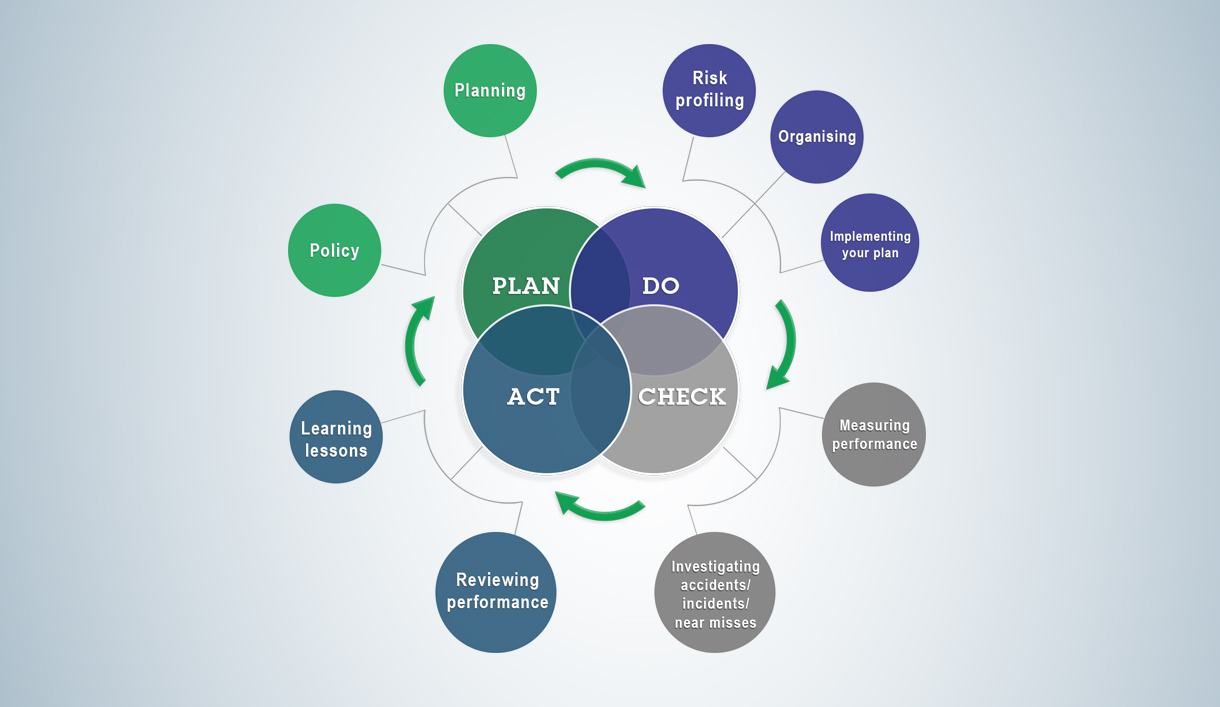
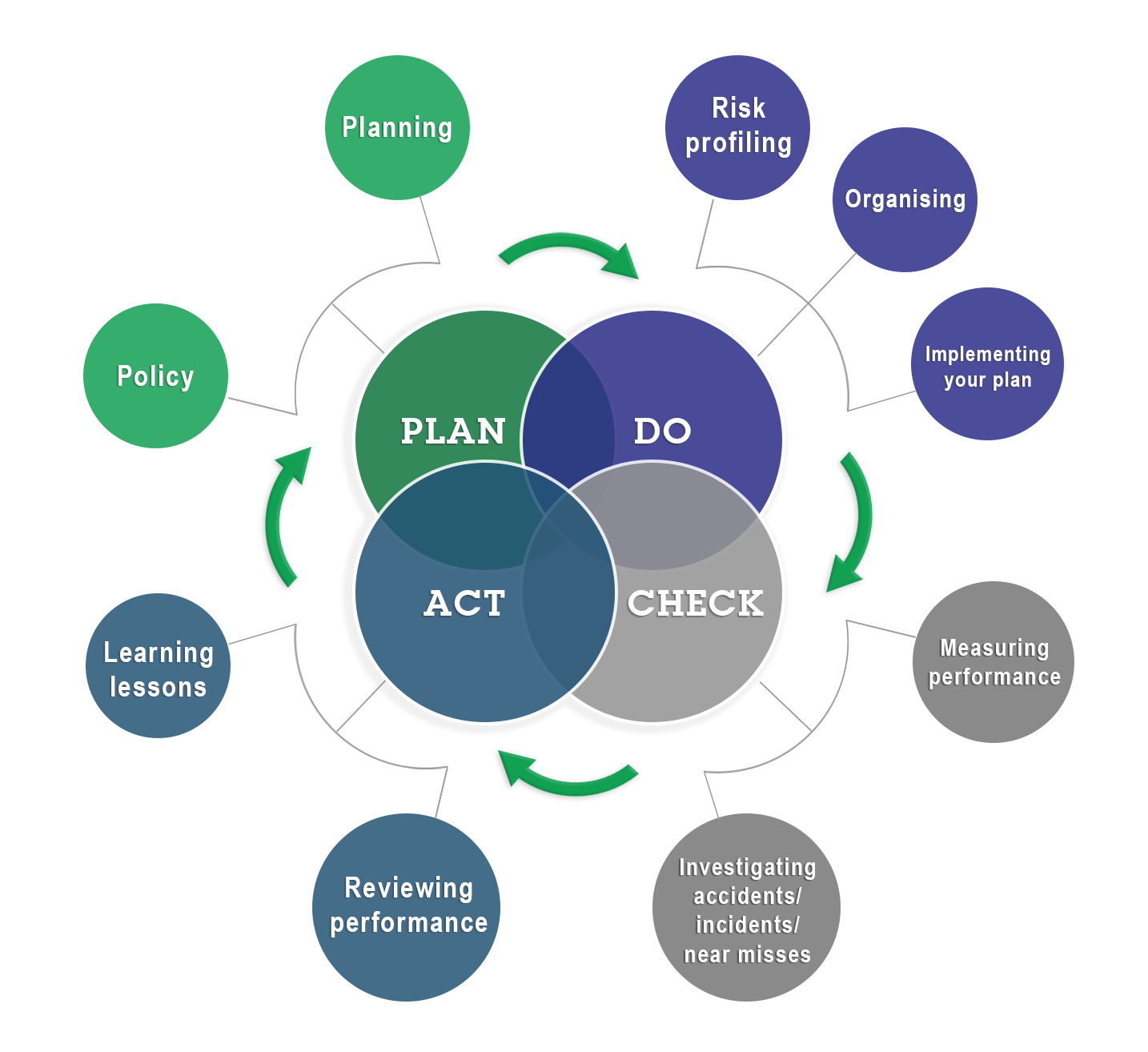



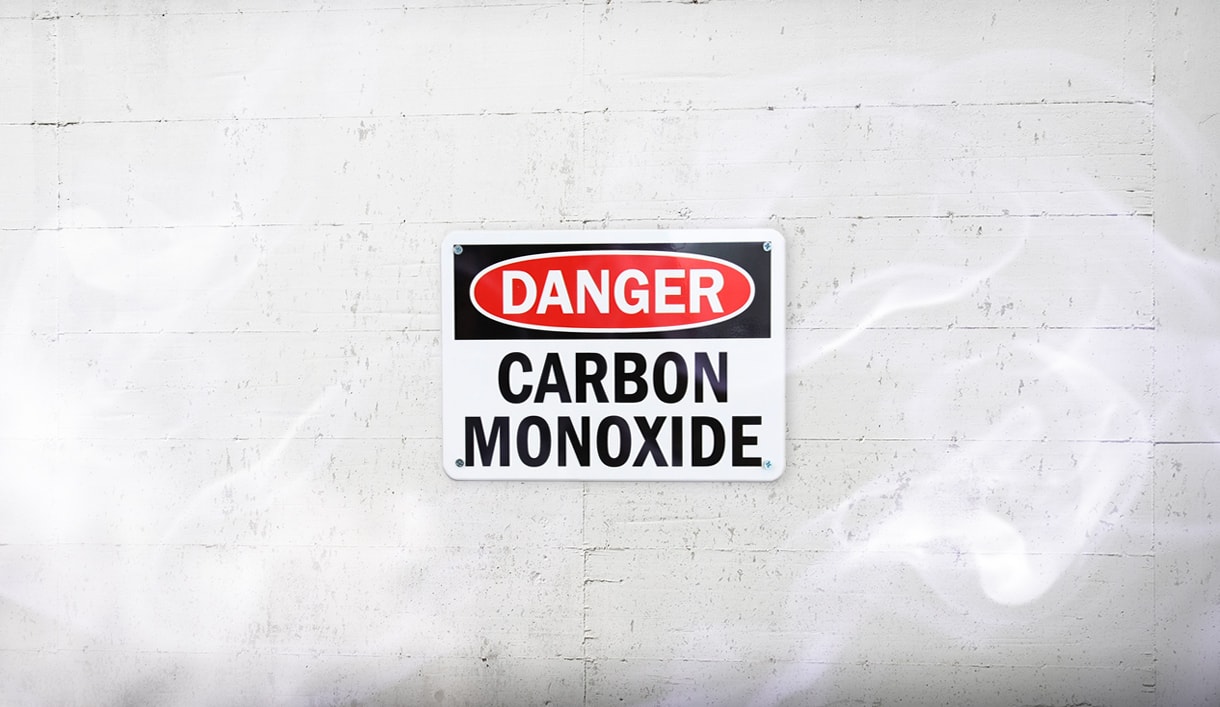
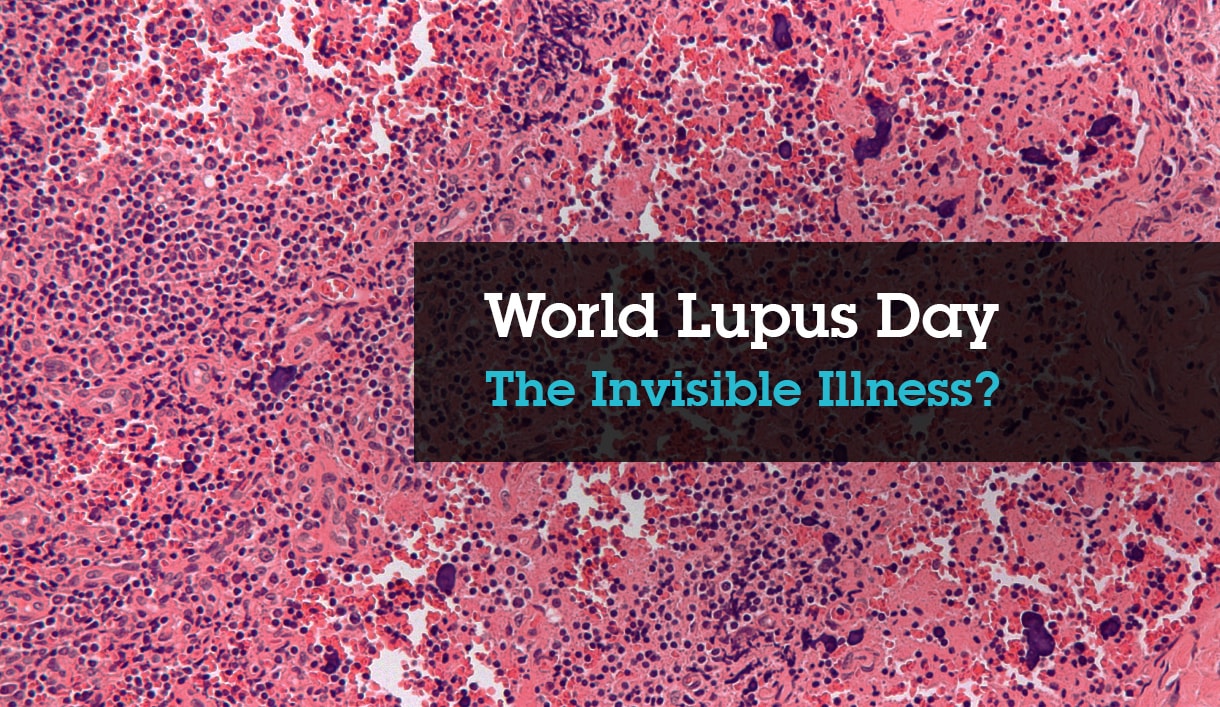
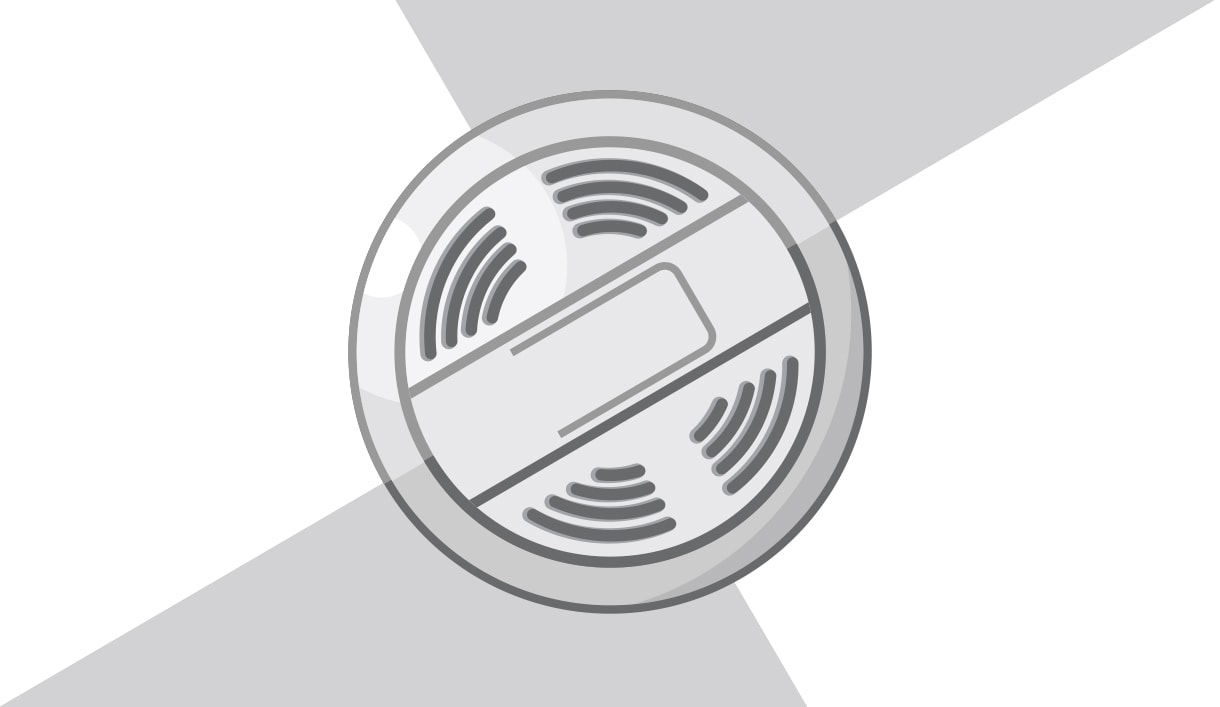
Leave a Reply
Want to join the discussion?Feel free to contribute!